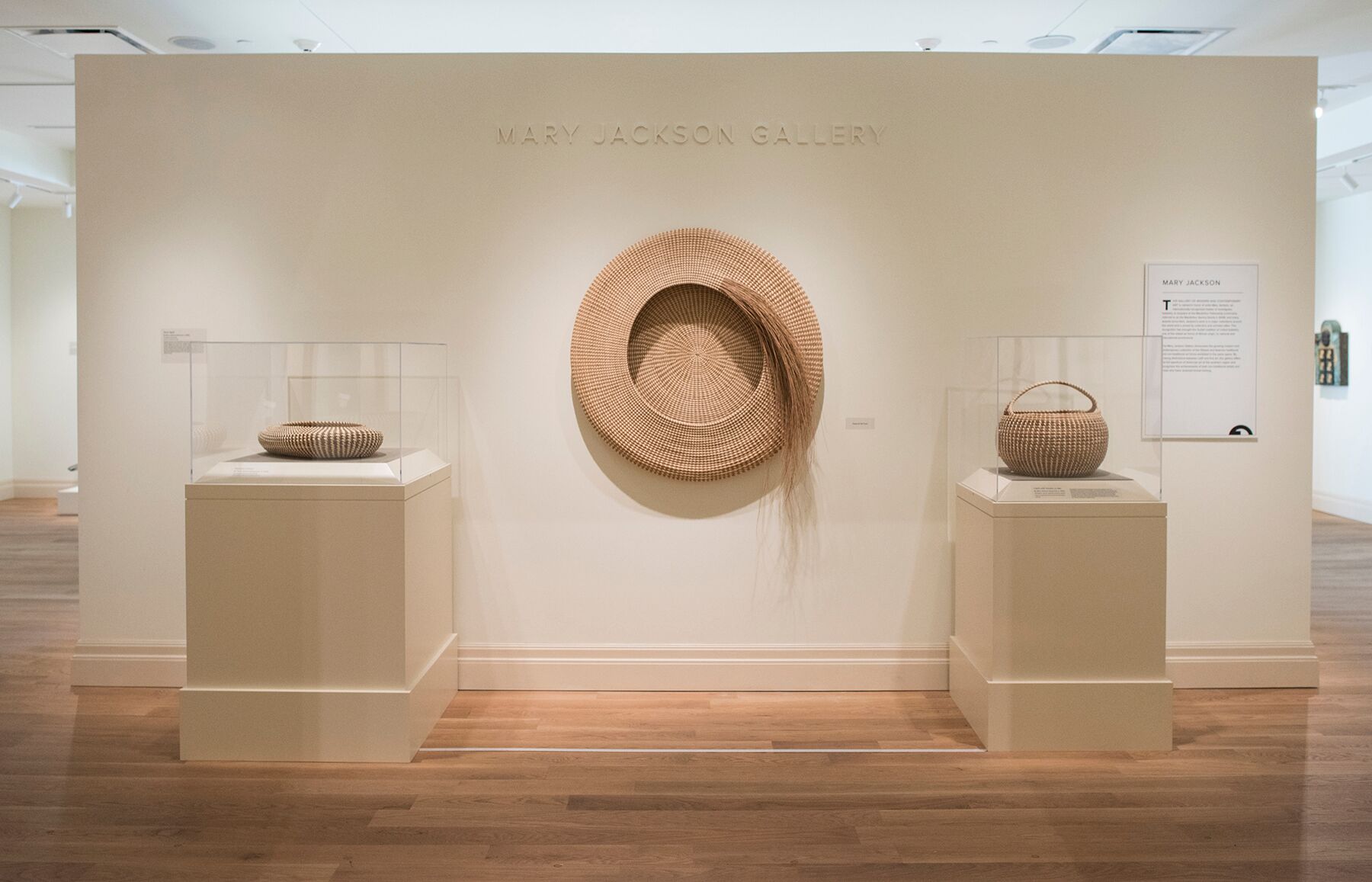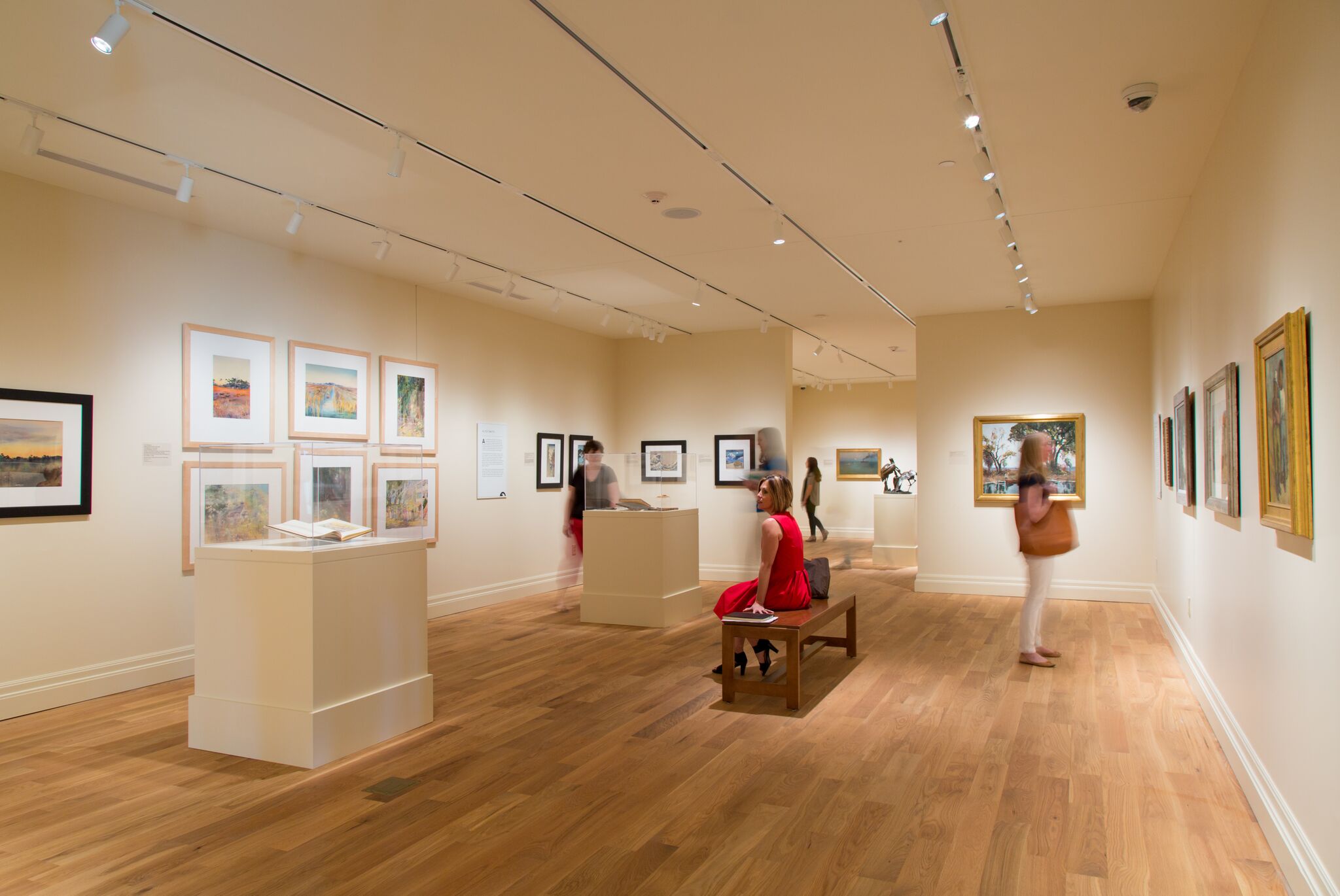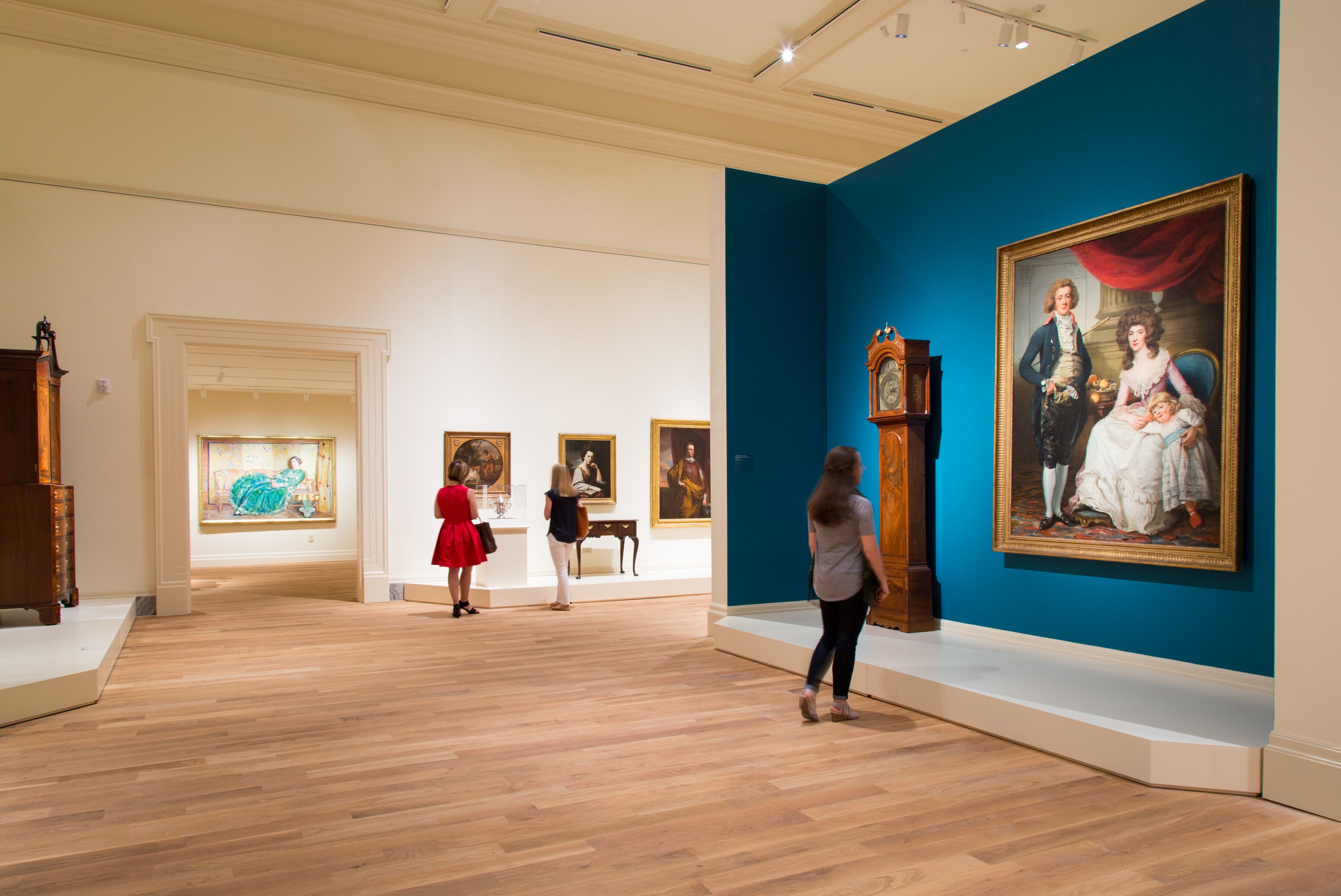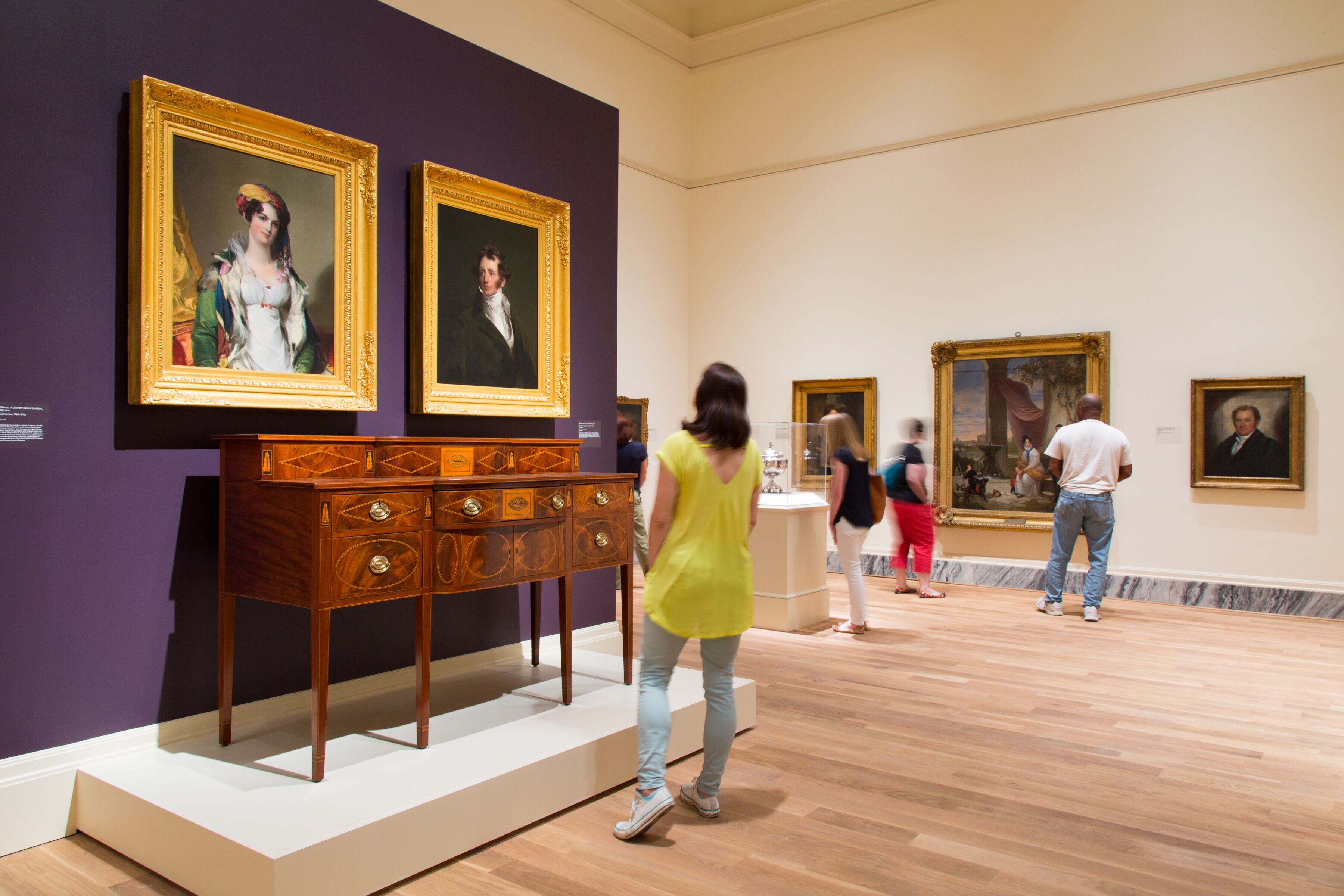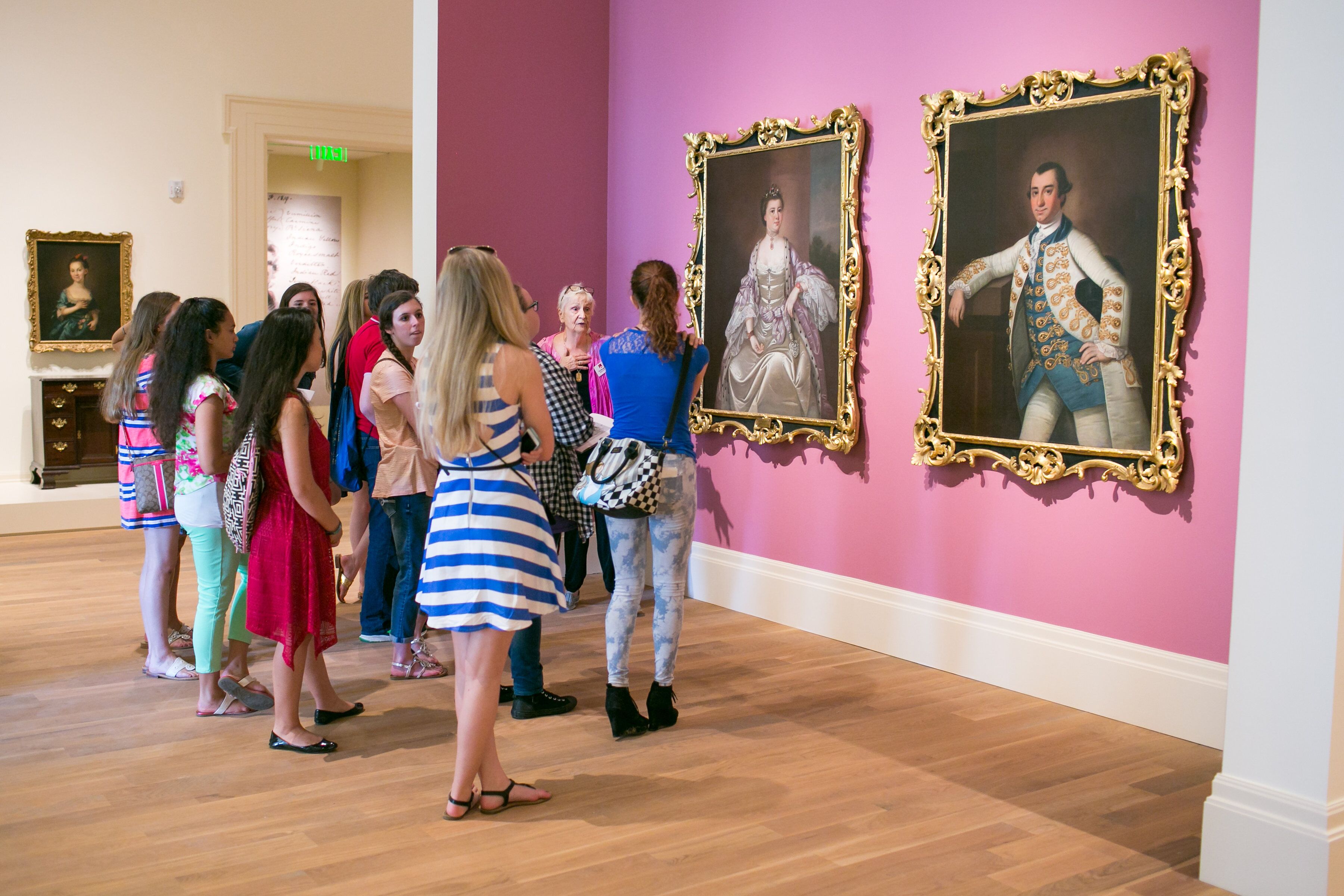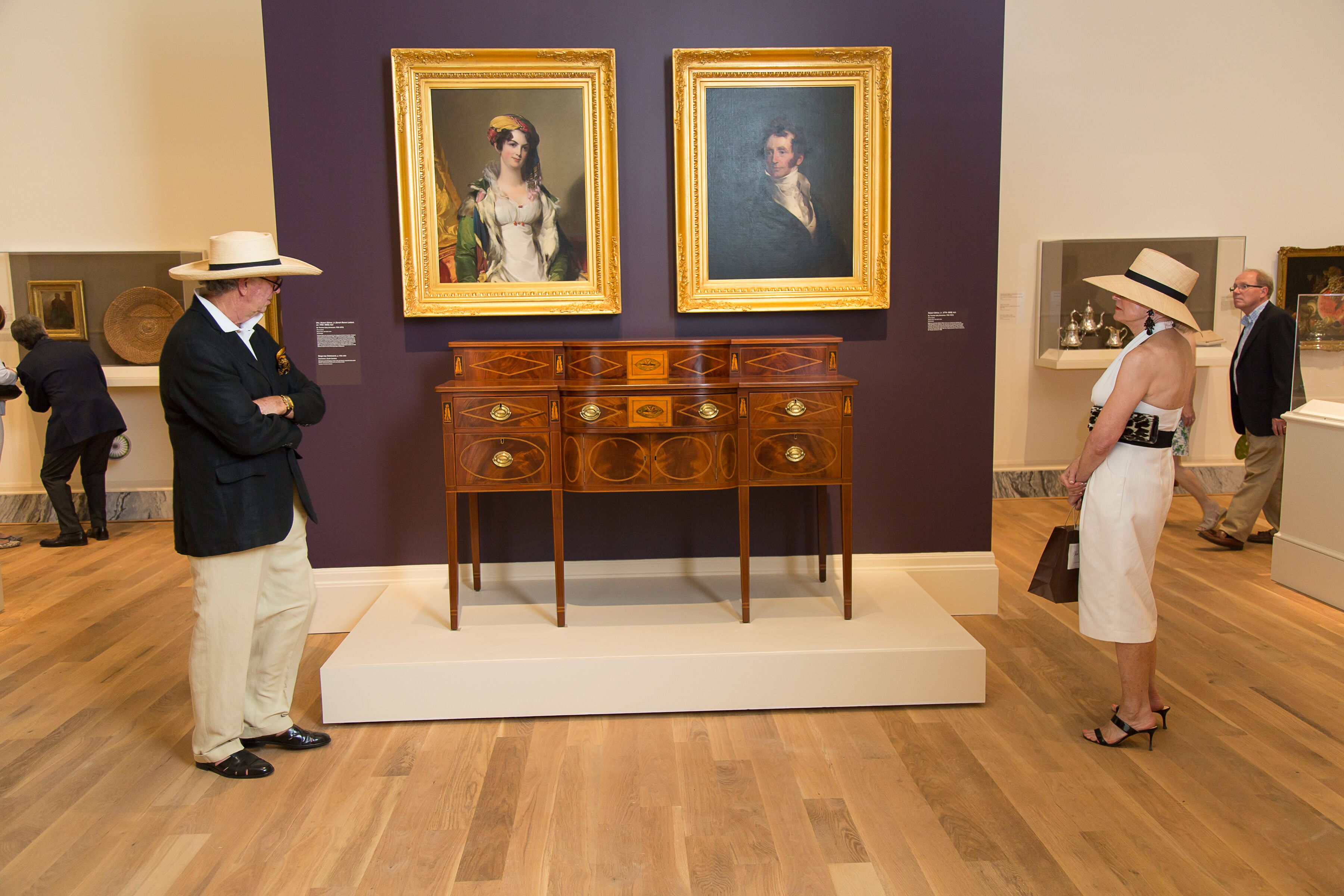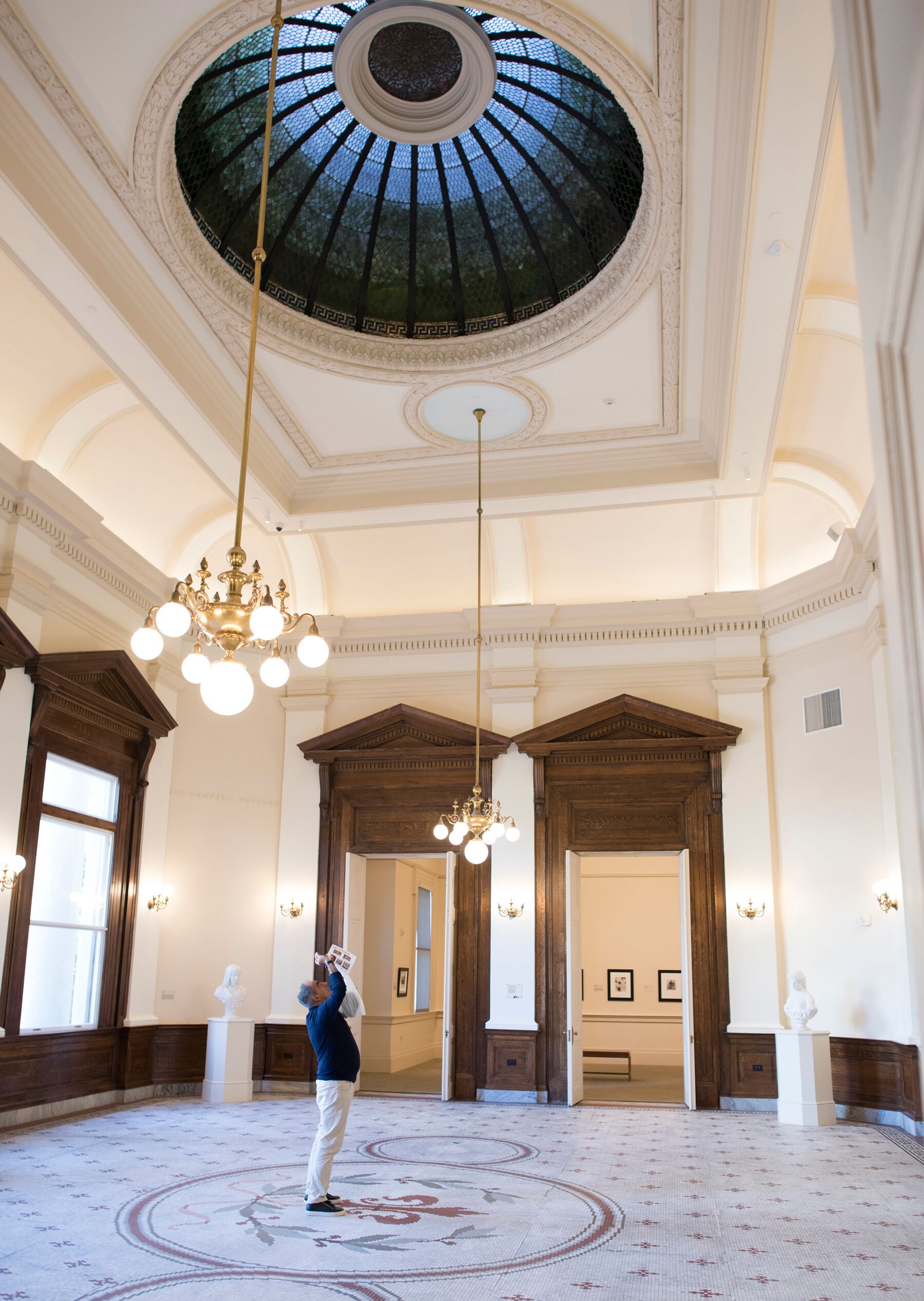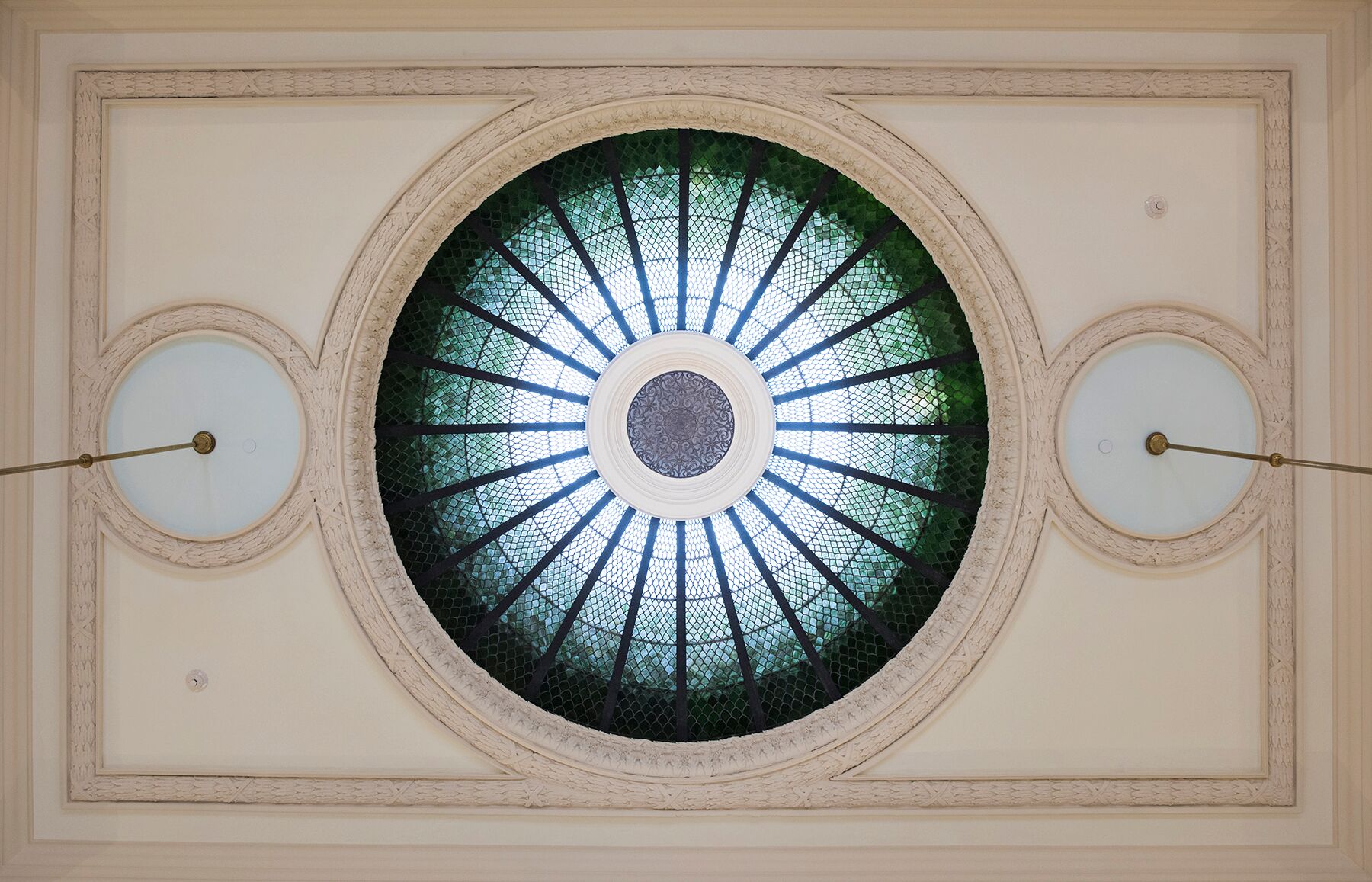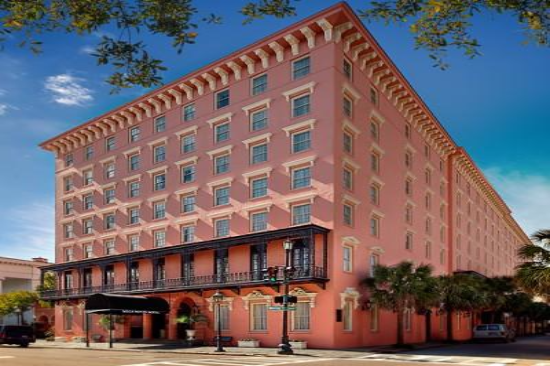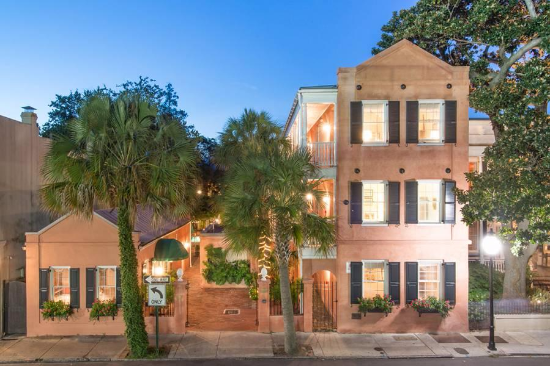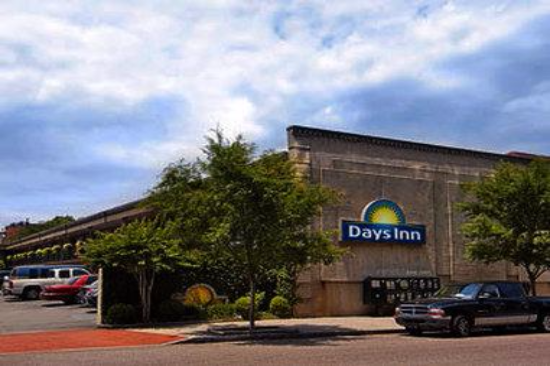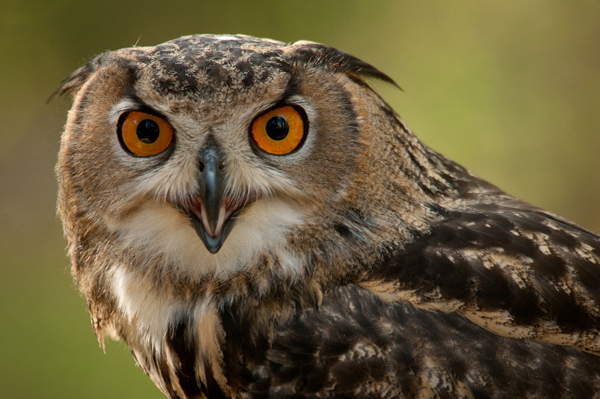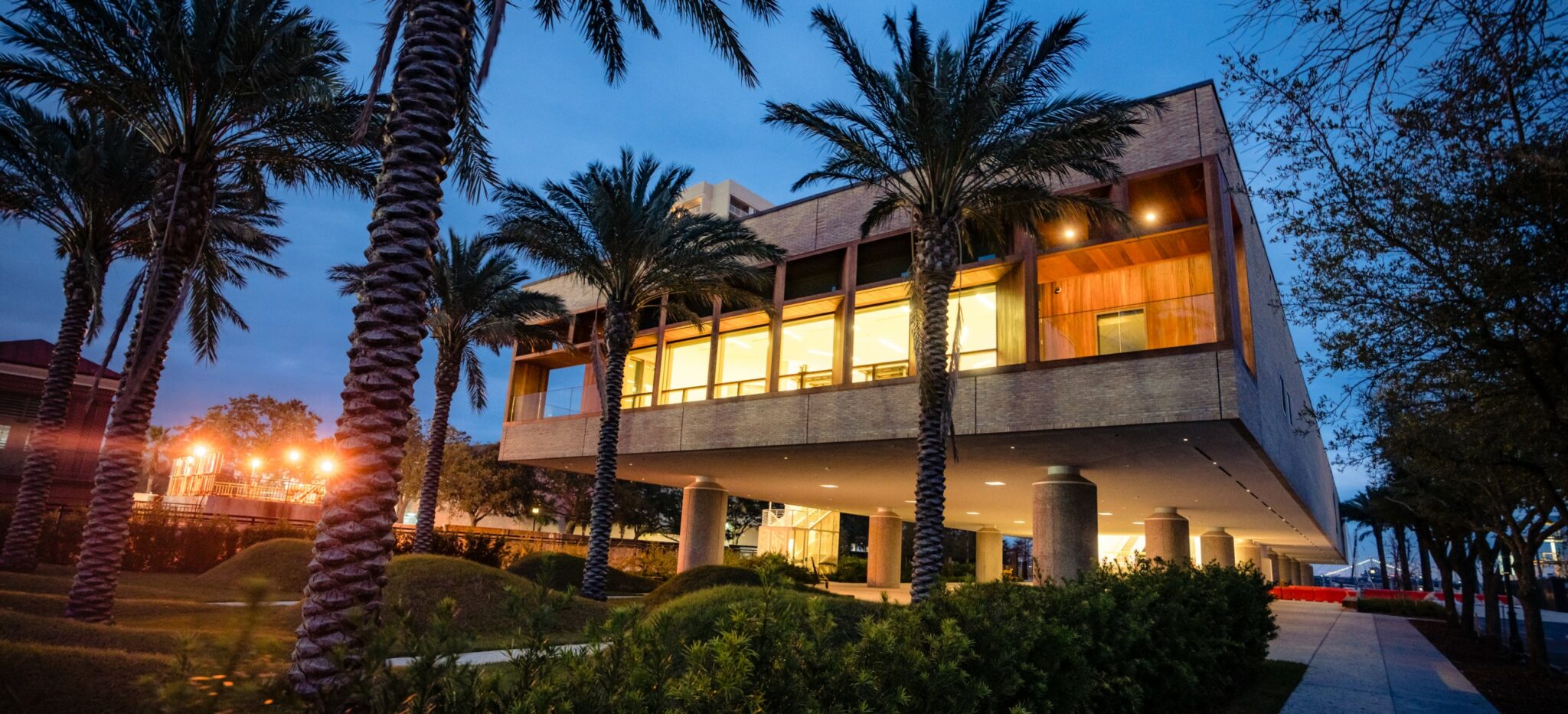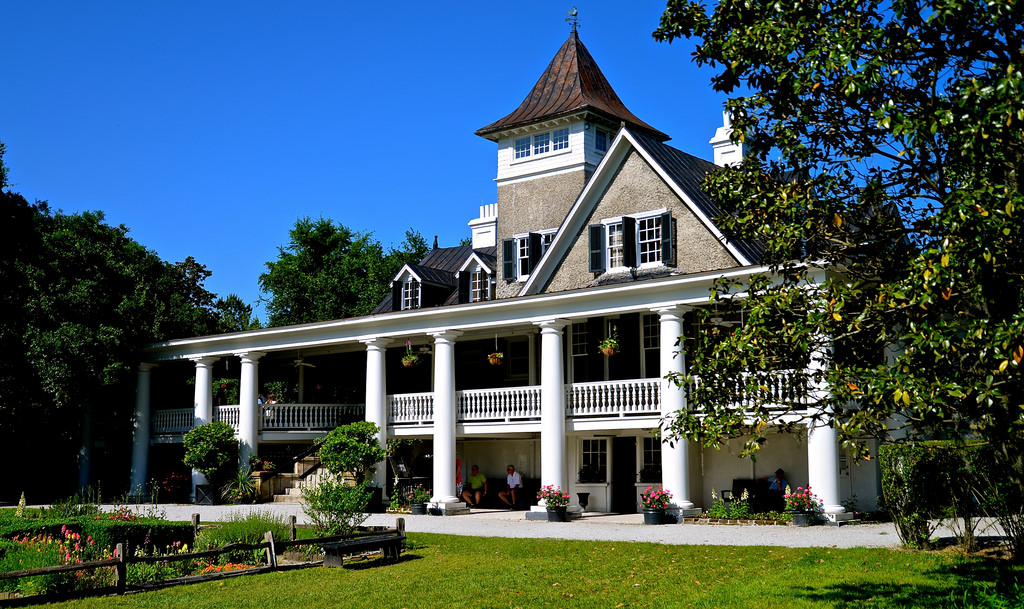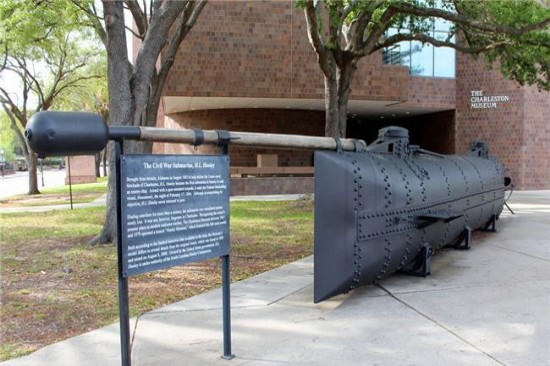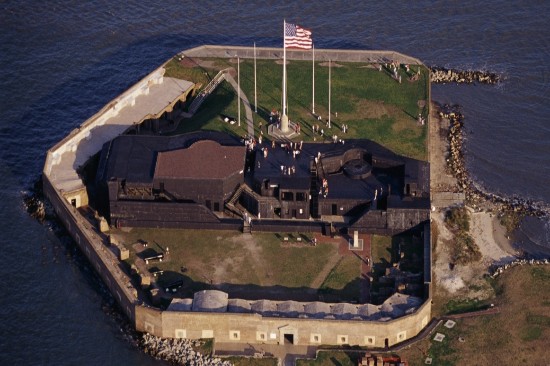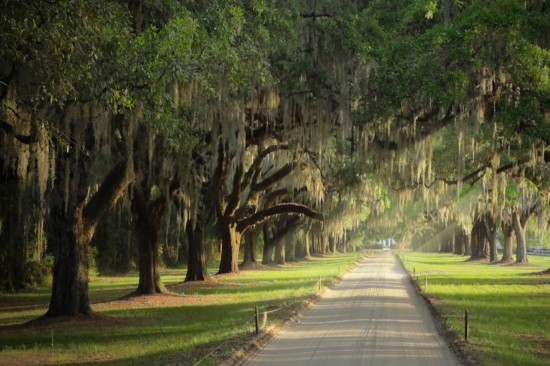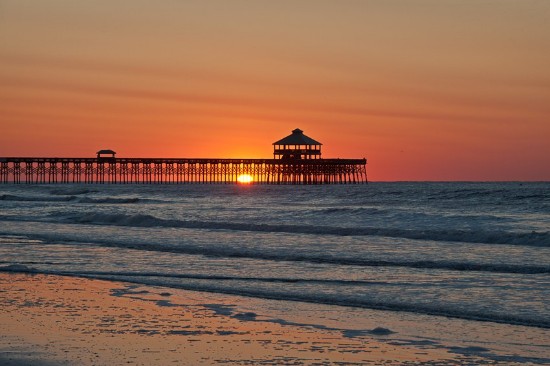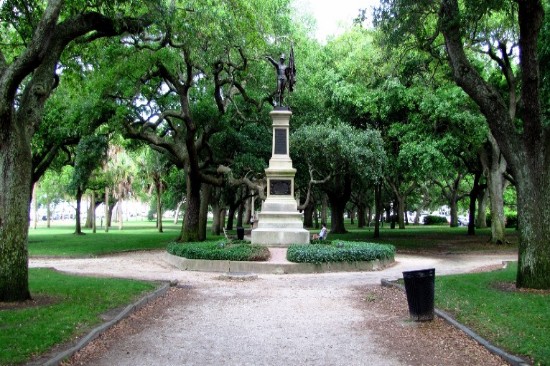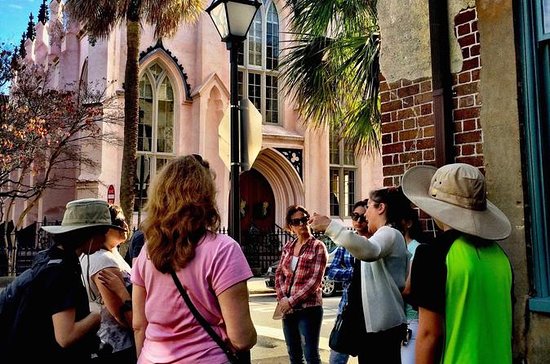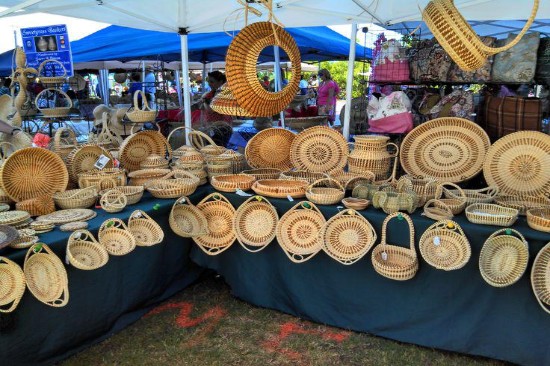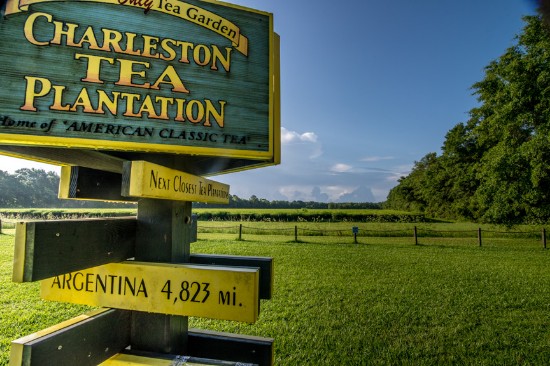Gibbes Museum of Art
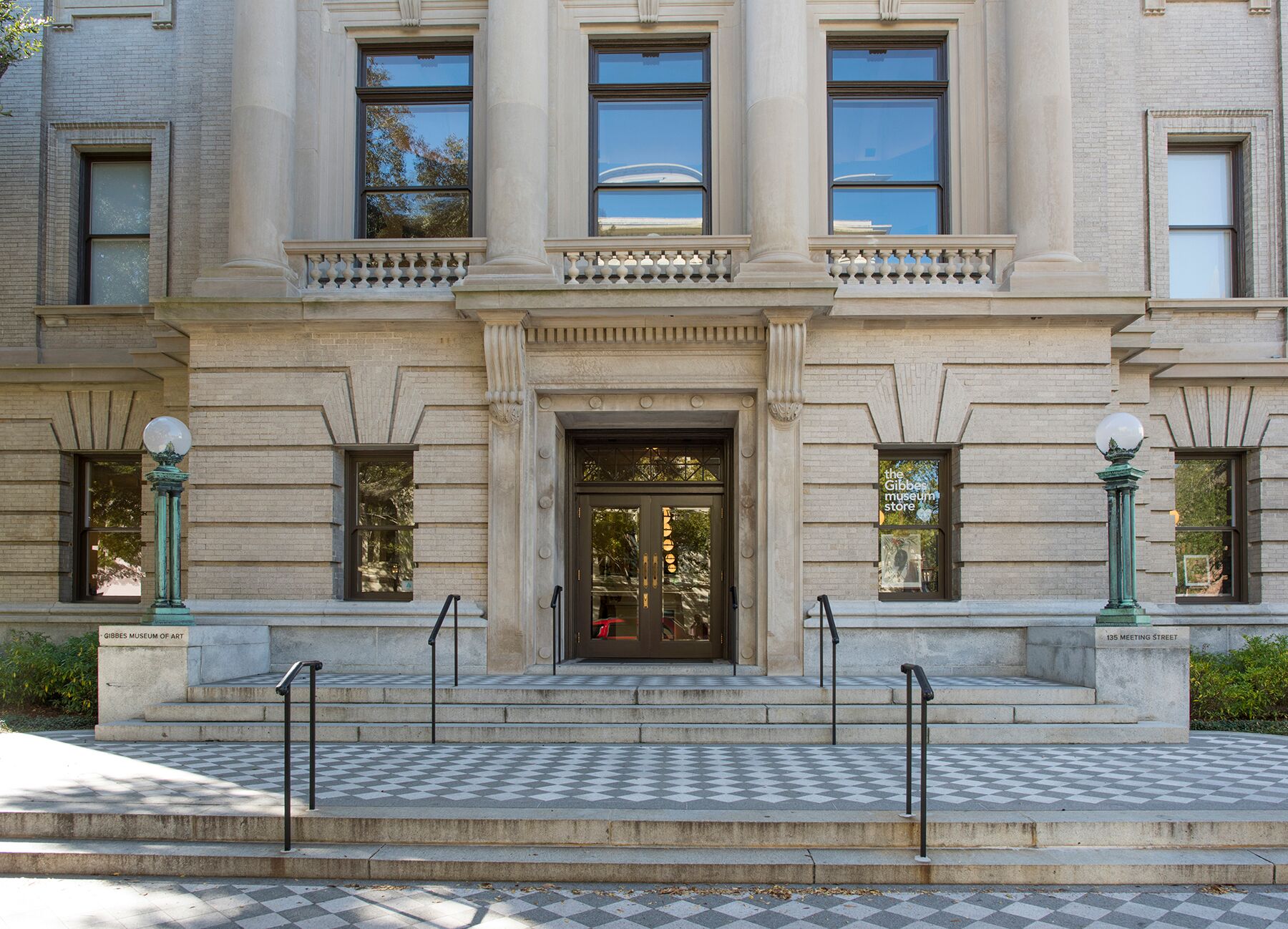
The Gibbes Museum of Art is one of the most remarkable buildings in Charleston’s famed historic district. The museum, which opened its doors to the public in 1905, houses over 10,000 works of art.
These works of art are mainly American, with a connection to the Southern U.S. and Charleston area. Visitors can explore Charleston and the Lowcountry through paintings, sculptures, photographs, and miniature portraits.
In addition, the museum has a rotating series of collections available for a limited time, borrowed from famous museums all over the world. Spanning virtually every style, era and genre, Charleston visitors are encouraged to return to the gallery often to see what new exhibitions are on display.
The Gibbes Museum of Art is the perfect place for someone who wants to enjoy one of the largest southern collections of fine artwork on display. The first floor gallery is free to the public, but paid admission is required to view the second and third floor galleries. Allow 1 1/2 - 2 hours to tour the entire museum, depending on the number of visitors at the time. Parking is not available at the museum, but on-street metered parking is offered throughout downtown. Parking is also available in the parking deck on Cumberland St and Queen St for a fee.
Gibbes Museum of Art Photos
Click Photos to Enlarge
Click Photos to Enlarge
Gibbes Museum of Art Hours and Admission
Hours:
Mon. - Sat. 10 am - 5 pm
Sunday 1 pm - 5 pm
Admission:
Adults (18+) $12
College Student $10
Senior/Military $10
Child (4-17) $6
Children 3 and under Free
The museum is closed in accordance with the following holidays: New Year's Day, Martin Luther King Jr. Day, Presidents Day, Easter, Memorial Day, Independence Day, Labor Day, Thanksgiving Day, Christmas Eve and Christmas Day.
Gibbes Museum of Art Address and Map
Gibbes Museum of Art
135 Meeting St
Charleston SC 29401
(843) 722-2706
Gibbes Museum Website
Current Exhibitions
at the Gibbes Museum of Art
Current Exhibition: Artist Spotlight: David Driskell and Edward Middleton
When: August 23, 2024 - December 1, 2024
Where: Galleries 2 & 3
Focusing intently on small groups of works, the artist spotlight series features engaging profiles of artists held in the Gibbes permanent collection. The rotating series launched in April continues in August with two new spotlight explorations. One focuses on renowned American artist and art historian David Driskell whose painting and printmaking practice was influenced by nature, abstraction, and African imagery. The other spotlight features early modernist Edward Middleton Manigault whose fanciful paintings were well respected during his short lifetime and included in major modernist exhibitions like the 1913 Armory Show.
Current Exhibition: Celebrating the 1858 Prize for Contemporary Southern Art
When: Oct. 11, 2024 - Jan. 12, 2025
Where: Galleries 8 & 9
The Gibbes Museum of Art has awarded the 1858 Prize for Contemporary Southern Art to fifteen artists. Supported by the Museum's dynamic young professionals' auxiliary group, Society 1858, the Prize recognizes artists whose work contributes to a new understanding of art in the South. This exhibition celebrates winners and finalists of what has become one of the South's most prestigious art prizes since its inaugural award in 2008.
Each of the artists recognized by the Prize has continued to garner accolades regionally, nationally, and internationally. Their successes demonstrate the importance of creating platforms that recognize and support the significant art and artists of the South. We are excited to celebrate these artists’ works and stories in a special exhibition.
Upcoming Exhibitioins
at the Gibbes Museum of Art
Current Exhibition: Statement Pieces: Contemporary Fashion Design and the Gibbes Collection
When: Jan. 31, 2025 - Apr. 27, 2025
Where: Galleries 8 & 9
Produced in conjunction with Barrett Barrera Projects, this exhibition juxtaposes dynamic works of fine art from the Gibbes permanent collection with contemporary fashion objects. Extraordinary garments by Alexander McQueen, Dapper Dan, Gucci, and beyond will be presented alongside fashion forward figures in paintings from the eighteenth and nineteenth centuries, abstract works of the mid-twentieth century, and contemporary sculpture and mixed media works of today. The exhibition will introduce innovative fashion to museum audiences and demonstrate the importance of design in a visual arts context.
Hotels Near the Gibbes Museum of Art
Find top-rated hotels at the lowest prices on Tripadvisor
More things to do in Charleston
- Home
- Things to do in Charleston SC
- Charleston SC Museums
- Gibbes Museum of Art
Copyright © 2009-2025 visit-historic-charleston.com
